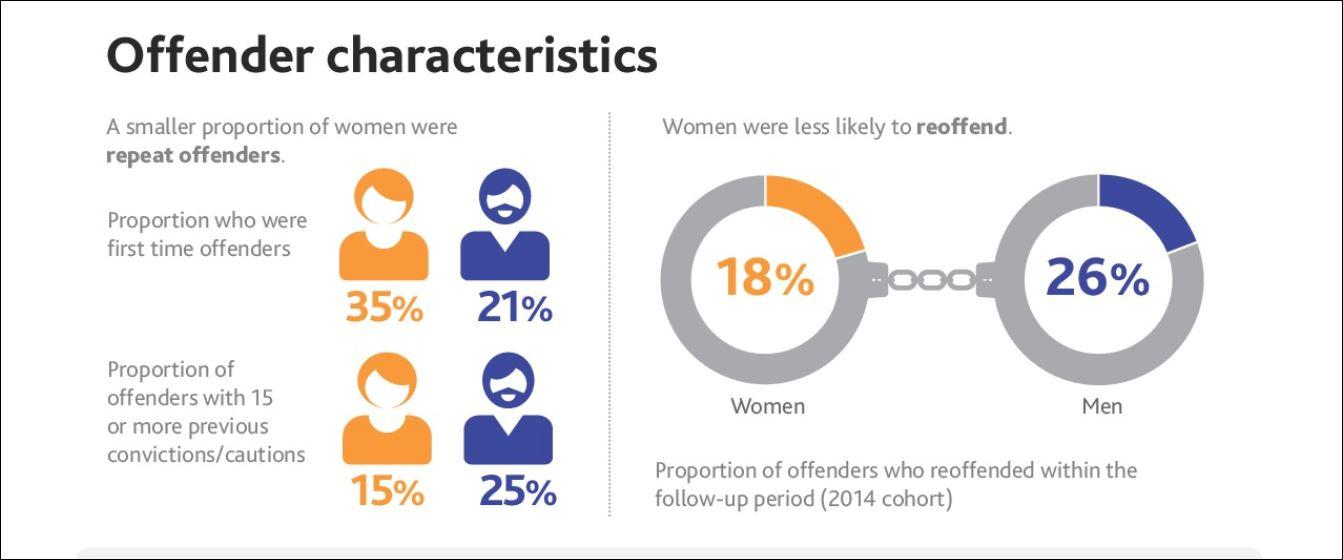Ever wonder why the price of your prescription meds seems to skyrocket without warning? Beneath the surface of the pharmaceutical industry lies a shadowy web of secret dealings and price fixing schemes that keep costs soaring—and patients paying the price. In this article, we’ll unravel the hidden tactics and covert agreements that big pharma companies use to manipulate drug prices, shedding light on a world most consumers rarely get to see. Join me as we dive deep into the murky underbelly of pharma pricing and explore how these schemes impact us all.
Table of Contents
- The Hidden Tactics Behind Price Fixing in Big Pharma
- How These Schemes Impact Patients and Healthcare Systems
- Uncovering the Legal Loopholes That Allow Price Rigging to Persist
- What Can Be Done to Unmask and Prevent Pharma Price Fixing
- Future Outlook
The Hidden Tactics Behind Price Fixing in Big Pharma
Behind the glossy facade of pharmaceutical giants lies a meticulously orchestrated web of maneuvering designed to keep drug prices soaring. These tactics often involve clandestine meetings, strategic alignments, and subtle coercion that ripple through the market unnoticed. By controlling the supply chain and manipulating patent laws, some companies create artificial scarcity, making lifesaving medications seem far more exclusive — and expensive — than they truly are.
Key strategies employed often include:
- Pay-for-delay agreements, where brand-name companies pay generic drug makers to postpone the release of cheaper alternatives.
- Market division through secret pacts, ensuring minimal competition across different regions.
- Price signaling by repeatedly adjusting costs in lockstep, giving an illusion of independent pricing decisions.
Each of these moves, while subtle, cumulatively builds a fortress around profits, leaving patients and healthcare systems caught in their grip.
How These Schemes Impact Patients and Healthcare Systems
When pharmaceutical companies engage in price fixing, the repercussions ripple across the entire healthcare ecosystem. Patients often bear the brunt of inflated medication costs, leading to difficult choices between essential drugs and other basic needs. The resulting financial strain can delay or even prevent critical treatments, disproportionately affecting vulnerable populations such as the elderly, chronically ill, and low-income families. These hidden cartels undermine trust in the healthcare system, creating an environment where access to life-saving medicines hinges more on corporate collusion than on medical necessity.
Healthcare systems themselves face mounting challenges as these opaque pricing schemes distort market dynamics. Hospitals and insurers must allocate larger portions of their budgets to cover exorbitant drug prices, which can cascade into reduced funding for other vital services. Some notable consequences include:
- Increased insurance premiums passed on to consumers and employers
- Strain on public health programs due to unsustainable drug expenses
- Stifled innovation as artificially maintained high prices discourage competitive research
Tackling these schemes requires vigilance, robust regulation, and public awareness to safeguard both patients’ well-being and the integrity of healthcare institutions.
Uncovering the Legal Loopholes That Allow Price Rigging to Persist
Behind the veneer of regulatory frameworks designed to promote fair competition, certain legal loopholes cleverly exploited by pharmaceutical companies have kept illicit collaborations intact. These loopholes often arise from vague definitions within antitrust laws, allowing corporations to engage in “information sharing” under the guise of market research or competitive analysis. Additionally, limited oversight on settlements in patent disputes—known as reverse payment or “pay-for-delay” agreements—permits brand-name companies to pay generic manufacturers to hold off entering the market. This arrangement, while ostensibly legal, effectively throttles competition and props up inflated drug prices for years.
Furthermore, enforcement agencies frequently grapple with challenges rooted in the complexity and opacity of contractual agreements exchanged behind closed doors. Tactics such as creating intricate price-setting committees disguised as independent entities obscure the true nature of collusion. This, paired with jurisdictional hurdles where multinational corporations exploit differences in national regulations, enables them to evade thorough investigation. Key legal ambiguities include:
- The definition of market dominance thresholds
- Exemptions granted to cooperative patent pooling
- Insufficient mandatory disclosure requirements on pricing negotiations
These gaps form a blurry battlefield where ethical boundaries are continuously tested, ensuring that price fixing schemes remain a persistent shadow within the pharma industry.
What Can Be Done to Unmask and Prevent Pharma Price Fixing
Unraveling the intricate web of pharma price fixing requires a multi-pronged approach. One powerful tool lies in leveraging advanced data analytics and AI algorithms that can detect suspicious pricing patterns across markets before they escalate into widespread conspiracies. Transparency initiatives, such as mandating companies to disclose cost structures and pricing justifications openly, put pressure on malignant collusion by shining a light into corners where secrecy thrives. Alongside the tech-driven vigilance, empowered whistleblowers—armed with robust legal protections—become crucial sentinels by revealing inside information that otherwise remains buried under layers of corporate secrecy.
To effectively deter these anti-competitive practices, regulators and policymakers must enact and enforce stringent penalties that hit offenders where it hurts: the bottom line, and reputations. Open forums for public scrutiny foster accountability, ensuring that consumers and watchdog entities remain vigilant. Here are some innovative steps that stand out:
- Real-time pricing audits facilitated by independent agencies
- Collaborative international monitoring to track cross-border price manipulation
- Incentivizing ethical behavior through tax breaks and public recognition for companies practicing fair pricing
- Publicly accessible databases chronicling pricing histories for major drugs
Future Outlook
Peeling back the layers of the pharmaceutical price fixing schemes reveals a world as complex as it is unsettling. While the headlines may spotlight a few big names, the ripple effects touch every corner of healthcare and, ultimately, every one of us. As curious minds, it’s important to keep asking questions, digging deeper, and demanding transparency in an industry that profoundly shapes our lives. After all, understanding the shadows is the first step toward bringing the price game into the light. Stay curious, stay informed, and let’s keep the conversation going.












